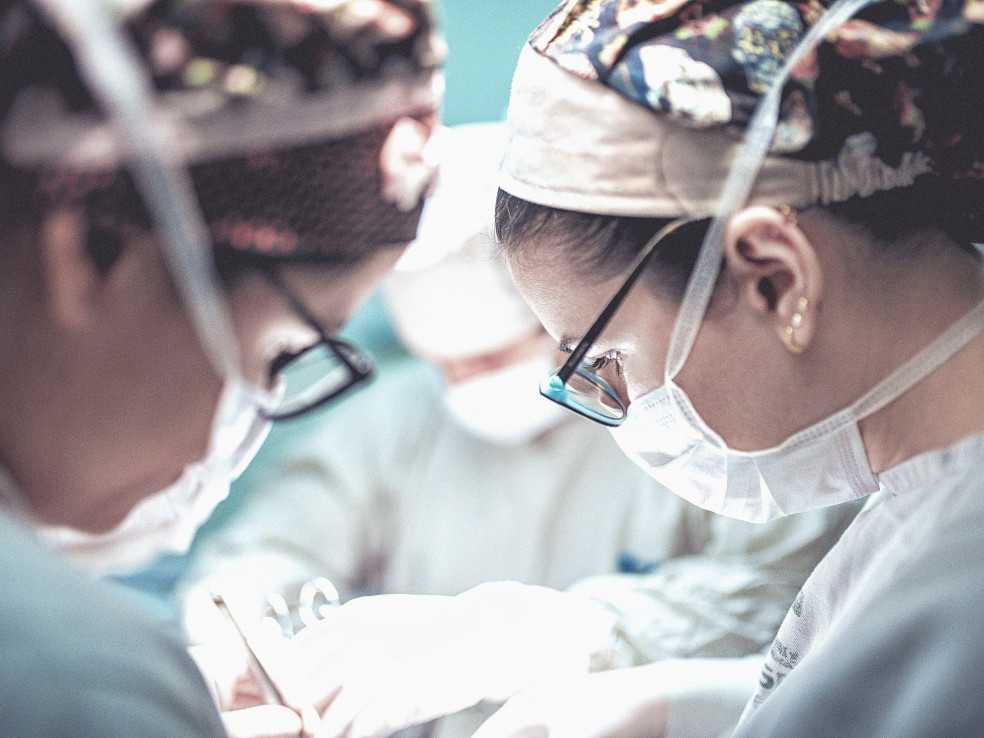What’s Safer, Robot assisted, Surgical scope, or Conventional Surgery?
March 24, 2022
In the past, conventional surgery was the only option if you needed a major surgery. When using conventional surgical techniques, the surgeon performs the entire procedure without assistance of robotic or surgical viewing scope tools. Nowadays, doctors use these tools frequently, allowing their patients to have a safer experience during surgery. These tools also shorten recovery time because of the smaller incisions and minimal invasion. So, when it comes to surgical procedures for your joints, what’s safer: robotic, arthroscopic (surgical scope for joint surgery), or conventional surgery?
Robot-Assisted Surgeries
Robotic surgery is a newer surgical technique that had some beginnings in the late 1980s. It wasn’t until the last decade that robot assisted surgeries found their way into non-research associated hospitals. Despite what some people believe, robots do not replace surgeons during robot-assisted procedures. Instead, the surgeon uses joysticks, aiming guides, smart cutting devices, or foot controls, all while seeing everything with the assistance of a high-definition monitor, which usually has an ability to demonstrate three-dimensional images.
The surgeon uses this robotic assistance to sometimes make smaller incisions and perform delicate procedures, and ensure that implants are placed precisely where they need to be. The robot has been connected electronically with the patient with different methods, sometimes using a previously obtained radiology scan. Because robot-assisted surgeries can make extremely accurate calculations, it is hoped that joint replacement surgery will be more successful and last longer. So far, there are no scientific studies that have showed that the time and the expense of robotic technology is clearly more beneficial to the patient than a well performed orthopedic procedure using non-robotic technology.
Arthroscopic Surgery
During arthroscopic surgery, your surgeon makes small incisions, then inserts a camera attached to a surgical viewing device called an arthroscope, along with some other surgical tools, into the incisions. Because of the smaller incisions, the surgeon must rely on the viewing screen to see what is occurring inside of the joint. Most common knee and shoulder procedures can be performed using an arthroscope with the exception being that joint replacement surgery is not yet done using an arthroscope.
Arthroscopic surgery and robotic-assisted surgery have the advantage of improving up close visualization for the surgeon, but during arthroscopic surgery, the surgeon can only see through two-dimensions images. Additionally, the tools the surgeon inserts leave a small amount of room to work with during the procedure.
Which Surgery Technique is the Best?
For total knee, hip, and shoulder replacements, conventional surgery is the traditional way to do procedures. Arthroscopic surgery is used by almost all orthopedic surgeons but has some limitations for advanced disease. Robotic surgery is still rising in popularity, but as of right now, less than 15% of surgeons use this technique for their procedures and there is still no consensus that results are in fact better with the use of a robot.
The conventional surgery techniques are still being and may one day be replaced by arthroscopic or robotic-assisted techniques, since they are striving to improve safety and lead to shorter recovery. As these technologies are still relatively new, they’re still being tested, which is why surgeons sometimes switch to the conventional techniques of surgery during the procedure.
Joint surgery can be complicated and anxiety-inducing, making thorough education before the procedure essential to patient peace of mind. For more questions on surgery techniques, as well any other questions you may have as you prepare for your joint surgery, contact The Bone and Joint Center of Yuma.